Ground shipping is currently paused. Local deliveries throughout Long Island will continue as usual. Pre-orders for fall are now open. Non-local orders will begin shipping again in early September. Click here to learn more.
Ground shipping is currently paused. Local deliveries throughout Long Island will continue as usual. Pre-orders for fall are now open. Non-local orders will begin shipping again in early September. Click here to learn more.
| Size | |
|---|---|
| Common Name | |
| Type | |
| Family | |
| Native? | |
| Zone | 5, 5b, 6, 7, 8, 8b, 9 |
| Height Range (ft.) | 3.00 to 8.00 |
| Spread (ft.) | 3.00 to 6.00 |
| Bloom Time | |
| Bloom Description | ball-shaped clusters, rounded, white to cream-colored flowers |
| Sun | |
| Water | |
| Maintenance | |
| Suggested Use | ornamental shrub, Rain Garden, Wetland Restoration, wildlife gardens |
| Tolerate | |
| Growth Rate | |
| Attracts |
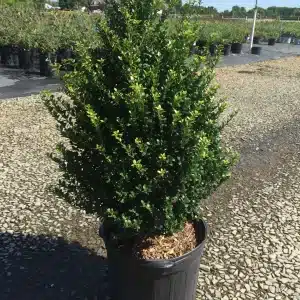
Cephalanthus occidentalis, or Buttonbush, is a native shrub with fragrant globe-shaped flowers that thrive in wet soils and attract pollinators and birds.
$21.99 – $27.99Price range: $21.99 through $27.99
Please note: Sizes 1.5 Gallon and up can’t be shipped outside the counties of Nassau, Suffolk, and Queens.
Learn more about how the process works and how our plants are delivered.
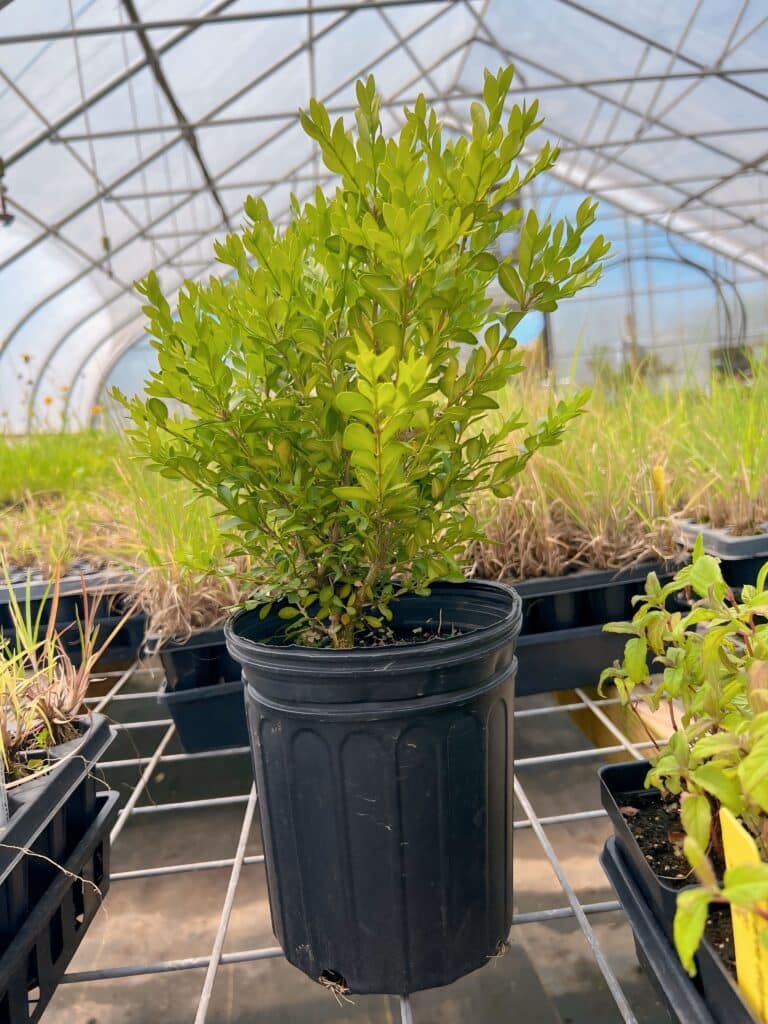


Ground shipping is paused due to summer heat. Only local delivery (Long Island & Queens) is available. Orders placed during the pause will begin processing September 1, and ground shipping will resume September 15.
| Size | |
|---|---|
| Common Name | |
| Type | |
| Family | |
| Native? | |
| Zone | 5, 5b, 6, 7, 8, 8b, 9 |
| Height Range (ft.) | 3.00 to 8.00 |
| Spread (ft.) | 3.00 to 6.00 |
| Bloom Time | |
| Bloom Description | ball-shaped clusters, rounded, white to cream-colored flowers |
| Sun | |
| Water | |
| Maintenance | |
| Suggested Use | ornamental shrub, Rain Garden, Wetland Restoration, wildlife gardens |
| Tolerate | |
| Growth Rate | |
| Attracts |
Cephalanthus occidentalis, commonly known as Buttonbush, is a distinctive native shrub found naturally along streambanks, wetlands, and pond edges throughout much of the United States. It grows 6 to 12 feet tall and wide, forming an open, rounded shape with glossy green leaves and unusual, fragrant, ball-shaped white flowers in summer. These “button” blooms are a magnet for butterflies, bees, and hummingbirds. Buttonbush also produces spherical seed heads that persist into fall and provide food for birds. Thriving in moist to wet soils, this shrub is ideal for rain gardens, wildlife plantings, and shoreline restoration.
Unique blooms: Fragrant white globe-shaped flowers attract pollinators in summer
Habitat value: Supports birds, bees, butterflies, and other wildlife
Wet site adaptability: Thrives in rain gardens, along ponds, and in seasonal flooding
Sun exposure: Best in full sun but tolerates part shade
Soil needs: Prefers moist to wet soils; tolerates periodic flooding
Maintenance: Minimal; prune to shape in late winter or early spring
Rain gardens: Excellent for low areas that collect runoff
Pond edges and wetlands: Natural fit for shorelines and restoration zones
Pollinator support: Blooms feed native bees, butterflies, and hummingbirds
Bird food source: Seeds persist into fall and attract waterfowl and songbirds
Native species: Enhances biodiversity and supports healthy ecosystems
/5
Total reviews
|
|
Persons recommended this product
Anonymous
Shopper
check_circle Verified
Shop owner replied
Was this helpful
Anonymous
Shopper
check_circle Verified
Shop owner replied
Was this helpful
There are no reviews yet.
Be the first to review “ ”
Your feedback helps us improve our service.
Please log in to submit a review.
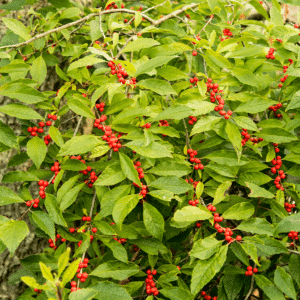
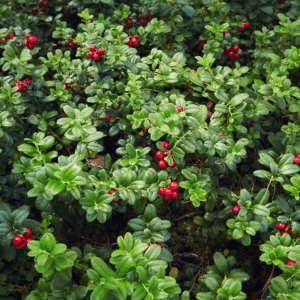

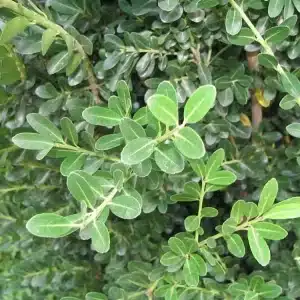

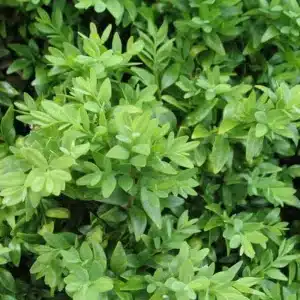

Yes. Cephalanthus occidentalis is native to much of the United States, especially the eastern, central, and southern regions. It is commonly found in wetlands, swamps, streambanks, and floodplains, making it an ideal choice for native and wildlife-friendly plantings.
Buttonbush is known for its spherical, pincushion-like white flowers that bloom in mid to late summer. The blooms are fragrant and very attractive to pollinators. It also features shiny green leaves, and its distinctive flowers are followed by ornamental seed heads that persist into fall.
Buttonbush typically grows 6 to 12 feet tall and wide, though it can reach up to 15 feet in ideal conditions. It has a rounded, spreading form and can be grown as a multi-stemmed shrub or pruned into a small tree.
Buttonbush thrives in full sun to partial shade and prefers wet to consistently moist soils. It is ideal for rain gardens, pond edges, and low-lying areas that retain moisture. It is hardy in USDA zones 5 through 10 and tolerates seasonal flooding.
Yes, exceptionally so. The flowers attract bees, butterflies, and hummingbirds, while the seeds are eaten by ducks and other birds. As a native wetland plant, it also provides shelter and nesting habitat for a variety of wildlife, making it a top choice for restoration and biodiversity gardens.
Our gift cards make it easy to share the beauty of plants, flowers, and all things green. Whether for a special occasion or just because, give the gift of choice and let them select their favorites to create a garden they’ll cherish.
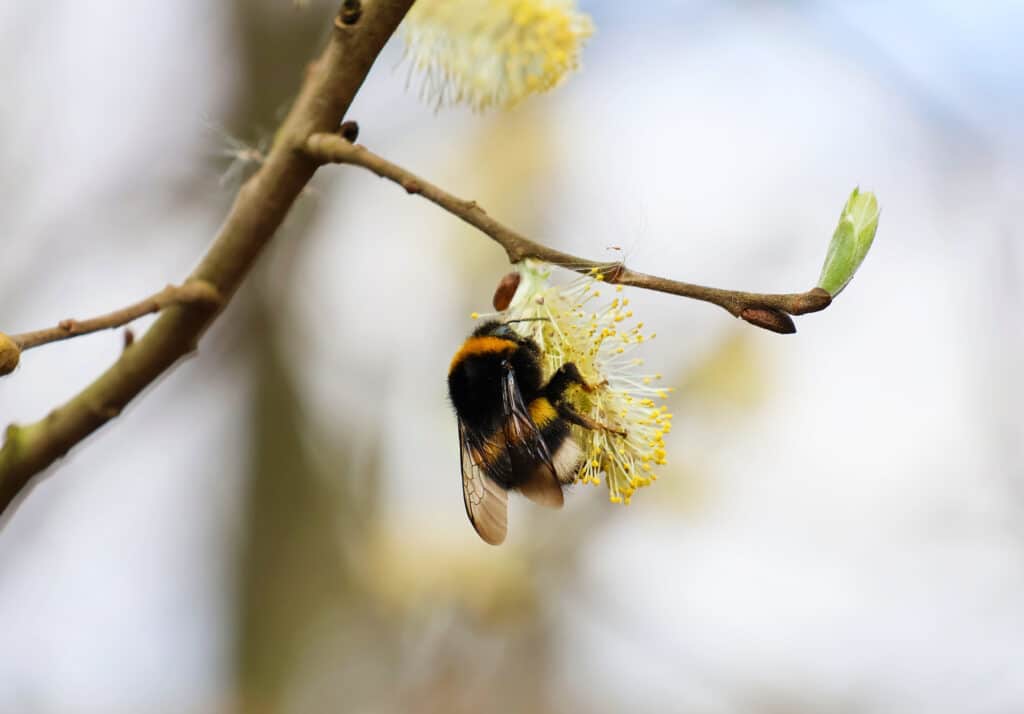
Only Local Delivery Available (Long Island & Queens)
Ground Shipping Paused
To protect our plants from extreme summer heat, we’ve paused nationwide ground shipping to avoid any damage during transit.
Local Delivery Only
We’re still delivering locally to Long Island and Queens, so nearby customers will continue to receive orders as usual.
Fall Pre-Orders Are Open Nationwide!
We will resume normal shipping for non-local orders placed during the pause in early September.
Thank you for your support and understanding—we’re looking forward to growing with you this fall!